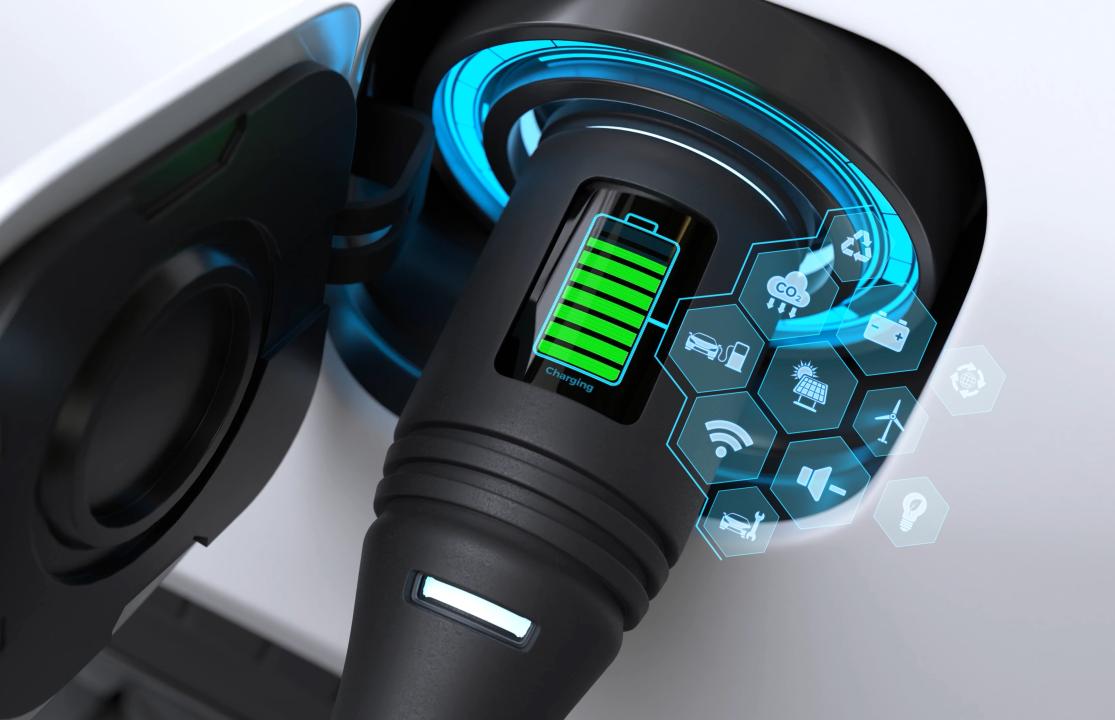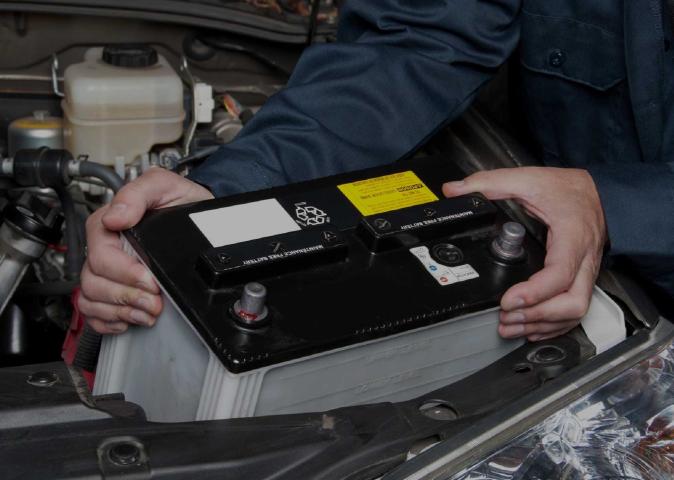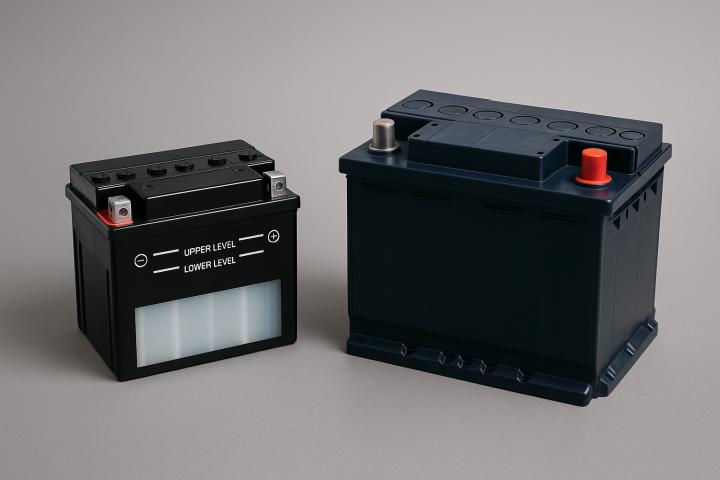Electric battery technology has undergone a remarkable transformation over the past few years, driven by the surging demand for electric vehicles (EVs), renewable energy storage, and portable electronics. Engineers and scientists have made significant progress not only in improving energy density and charging speed but also in addressing safety and sustainability concerns.
1. Solid-State Batteries: The Next Frontier
One of the most promising breakthroughs is the development of solid-state batteries. Unlike conventional lithium-ion batteries that use liquid electrolytes, solid-state versions employ solid electrolytes, reducing the risk of leaks and thermal runaway. Companies like Toyota and QuantumScape are pushing the boundaries of this technology, aiming for higher energy density, faster charging, and longer life cycles. Although still in the prototype stage, solid-state batteries are expected to enter commercial production within the next few years.
2. Silicon Anodes: Enhancing Energy Capacity
Traditional graphite anodes are being gradually replaced or augmented with silicon, which can hold up to ten times more lithium ions. Startups and research institutions have been working on overcoming the expansion and degradation issues of silicon anodes. Recent innovations in nanostructuring and composite materials have brought silicon-based anodes closer to commercial viability, promising up to 30–40% increases in battery capacity.
3. Lithium-Sulfur and Beyond-Lithium Chemistries
Researchers are exploring lithium-sulfur (Li-S) batteries as a potential successor to lithium-ion technology. Li-S batteries offer significantly higher theoretical energy density and are made from more abundant, less toxic materials. Companies like OXIS Energy (until its closure) and academic labs continue to develop methods to extend their cycle life and reduce the loss of active materials during operation.
Beyond lithium, sodium-ion and zinc-based batteries are also gaining attention due to the global concerns over lithium supply and cost. While they currently lag behind lithium-ion in performance, they could play a crucial role in grid storage and low-cost applications.
4. Faster Charging and Battery Management Systems
Fast-charging capability has become a central focus of development. Advances in charging protocols, battery design, and thermal management have led to EVs capable of gaining hundreds of kilometers of range in under 15 minutes. Meanwhile, smart battery management systems (BMS) are using AI and machine learning to monitor cell health, optimize performance, and extend battery lifespan.
5. Recycling and Sustainability Innovations
The push for greener batteries has also spurred innovations in recycling. New hydrometallurgical processes are more efficient and environmentally friendly than traditional methods. Companies such as Redwood Materials and Li-Cycle are scaling up battery recycling operations to recover valuable metals like lithium, cobalt, and nickel, reducing the need for new mining.
Looking Ahead
The future of battery technology is multifaceted, combining breakthroughs in materials science, electrochemistry, and AI-driven control systems. As the world accelerates its transition to electrification and renewable energy, these innovations will be essential for creating more efficient, sustainable, and safer energy storage solutions.











